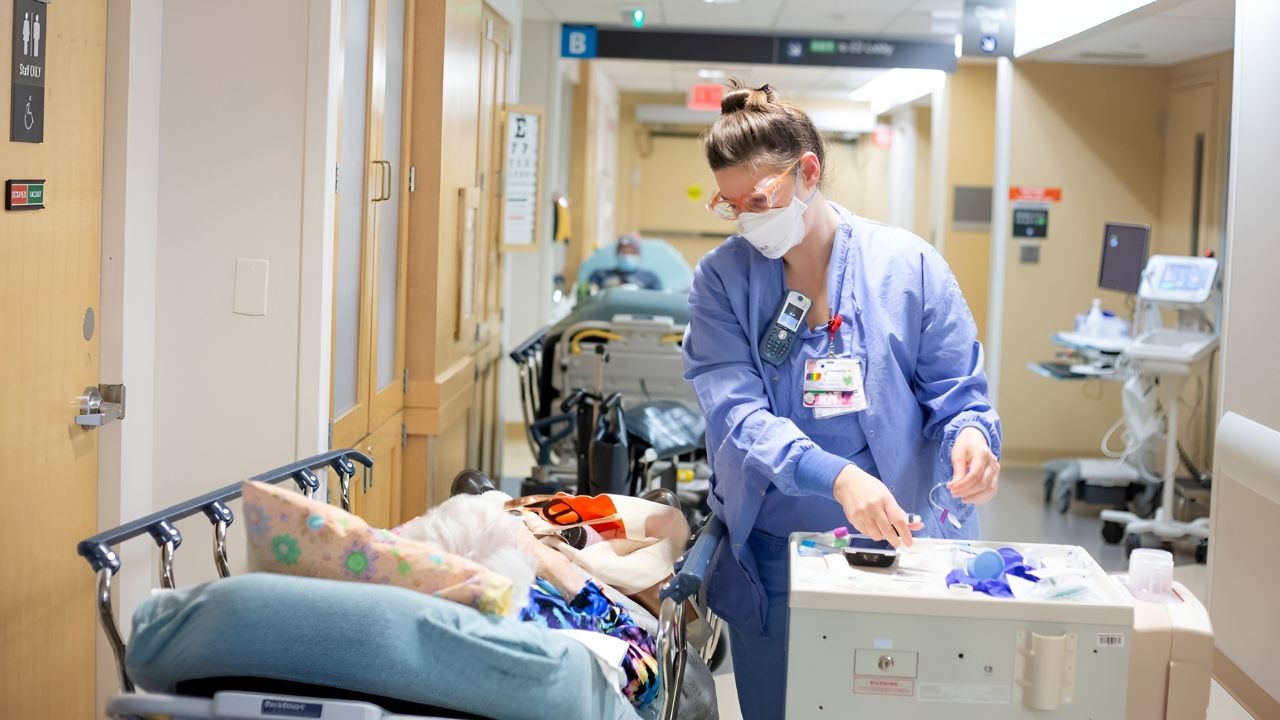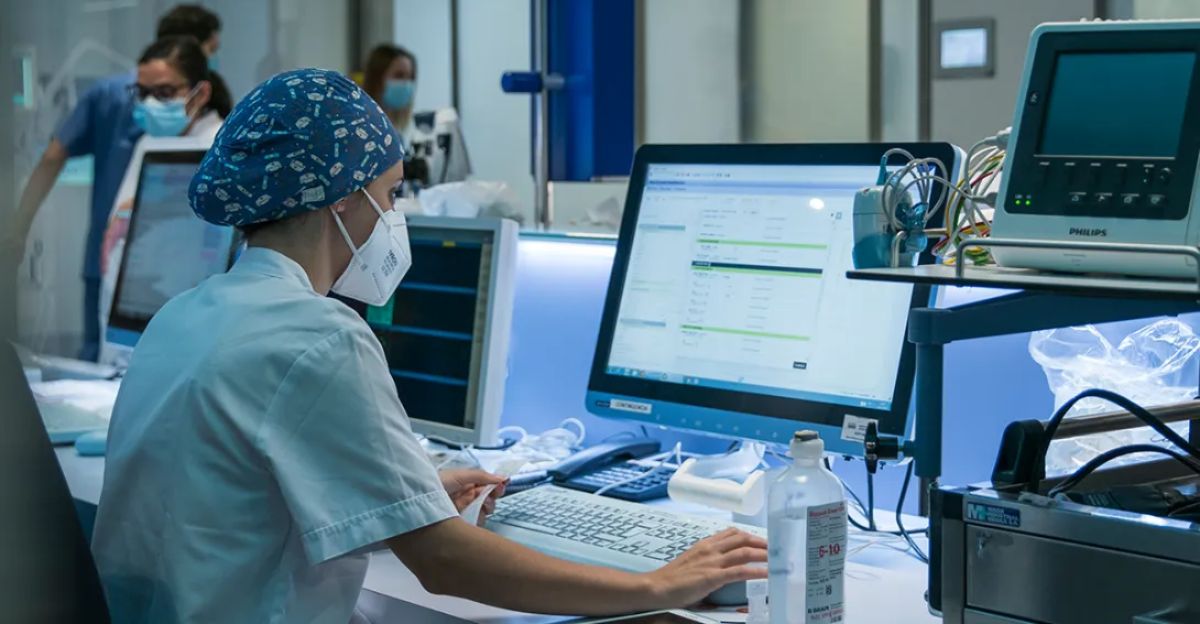
A Maine family recently received an official-looking letter from their hospital that seemed routine at first glance. But when they opened it, they discovered an unbelievable message: the hospital claimed one of them had died. This was not an isolated mistake, it was part of a much larger problem. In October 2025, MaineHealth, the largest healthcare provider in Maine, accidentally sent estate letters related to death to 531 living patients. The letters caused confusion, fear, and growing concern about how much we can trust automated systems in healthcare.
Within days, it became clear just how widespread the error was. Patients across Maine and parts of New Hampshire got letters expressing condolences and giving information about handling affairs after death. Many older patients and their families were terrified and puzzled, reading the letter again and again to be sure they understood it correctly. Families rushed to make phone calls to doctors and hospitals, desperate to confirm that their loved ones were still alive.
This incident quickly caught the public’s attention. It raised serious questions about whether hospitals and digital systems are truly reliable when it comes to such basic yet critical information. For many, the event shattered the belief that hospitals and their technology could never make a mistake about something as fundamental as life and death.
How the Mistake Happened

MaineHealth investigated and found that the mix-up came from an outside automated system used to handle notifications about estate matters after a death. Normally, this system should only send letters after a patient’s passing is confirmed in medical records. But on October 20, 2025, the system malfunctioned. Without checking the hospital’s up-to-date records, it printed and mailed the estate letters to 531 living people.
By the time MaineHealth caught the problem, the letters were already in mailboxes across the region. The cause of the failure pointed to a major issue: the vendor’s system was not directly connected to MaineHealth’s internal patient database. Because the two systems didn’t communicate in real time, the error went unnoticed until it was too late. This highlighted a weakness in the way hospitals rely on separate digital tools that do not always share or update information accurately.
Community Reaction and Loss of Trust

The response from the public was immediate and emotional. Hospitals and clinics received a flood of worried phone calls from patients and families trying to understand what had happened. Local news outlets spread the story quickly, which increased public concern about how safely hospitals handle sensitive information. For older patients and those dealing with serious illnesses, the mistake caused deep emotional distress. Some were already anxious about their health, and reading their own death notice made that fear even worse.
Family members who opened the letters on behalf of their loved ones faced their own shock and confusion. Many believed the notice meant the hospital had officially recorded the person as dead in their records. The incident showed how mistakes in healthcare communication can ripple far beyond the initial recipients, affecting entire families and communities. It became clear that technology errors in such systems can have very human consequences, causing stress, mistrust, and emotional harm.
Lessons for the Future of Healthcare Technology

The MaineHealth case revealed weaknesses in the technology networks that modern healthcare depends on. If a system could mistakenly declare living people dead, what prevents similar problems from affecting insurance records, bank accounts, or government files? Experts say this was not just a one-time glitch but a warning about the need for stronger safety checks and more human supervision in highly automated systems.
After the event, MaineHealth sent apology letters to everyone affected. They reassured patients that no medical records were changed and that the problem was limited to mail sent by an outside vendor. The organization promised to strengthen safeguards, add human review steps, and create systems that cross-check medical data before sending critical letters. Still, for many families, the apology could not erase the shock of receiving one of the most alarming letters imaginable.
The MaineHealth incident has since become an important reminder for hospitals nationwide. As medical organizations rely more on technology, this event shows they must combine automation with human oversight. Computers can improve efficiency, but when they fail, the results can be deeply personal and painful. Restoring public trust will take more than words, it will require open communication, strict safety standards, and ongoing monitoring to ensure patients never again receive letters declaring them dead by mistake.